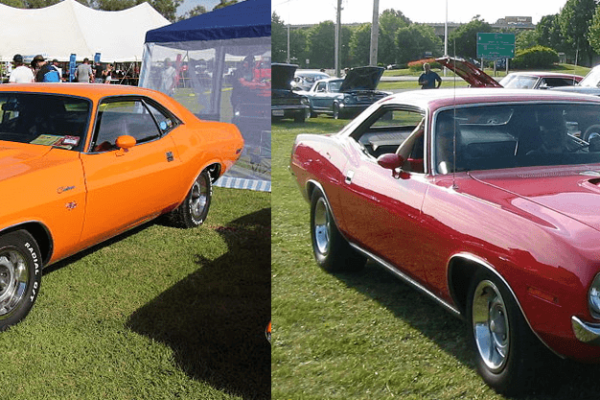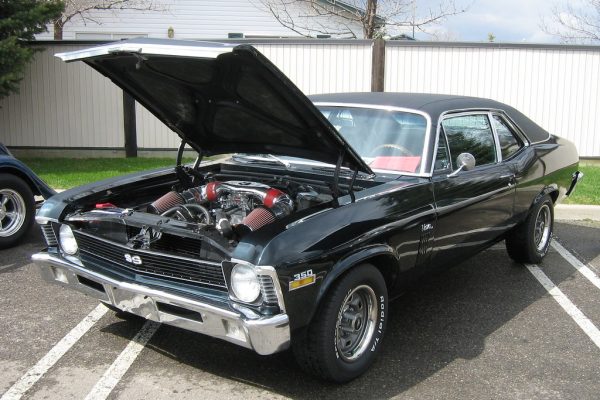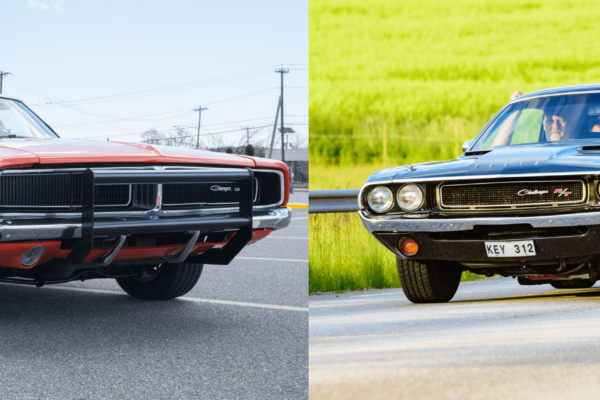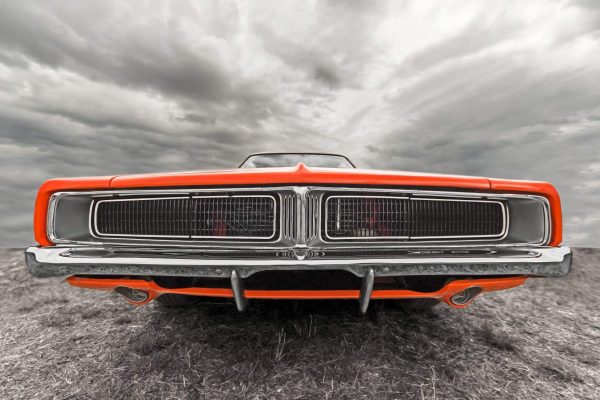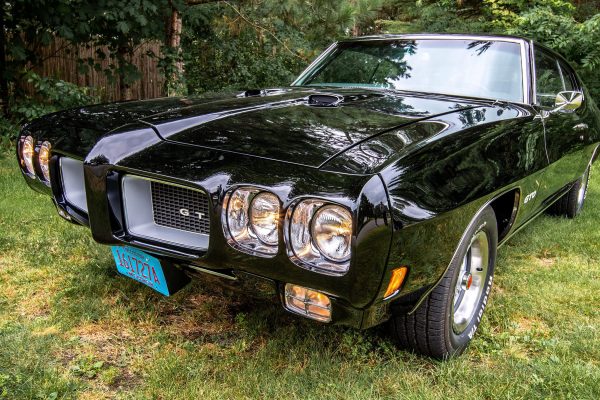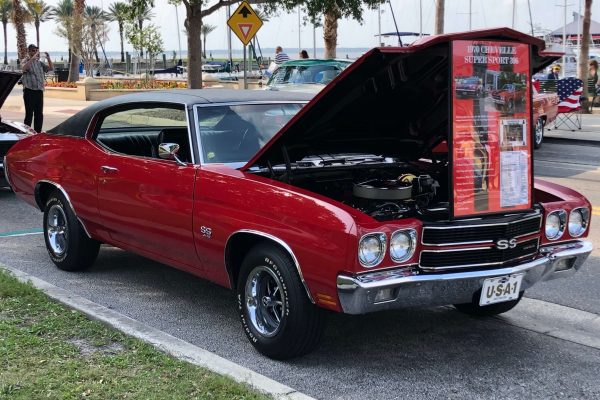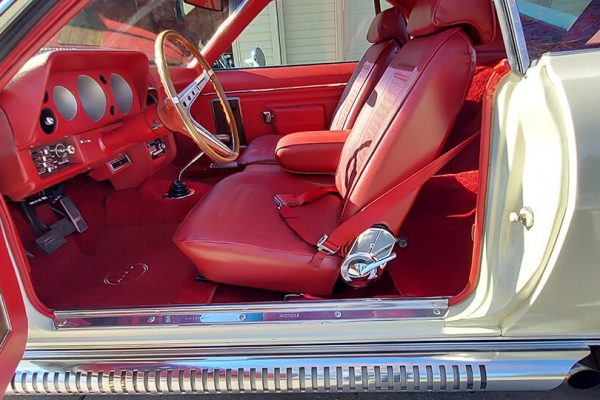Classic Car Restoration How-to: Your Step-by-Step Guide to Vehicle Disassembly
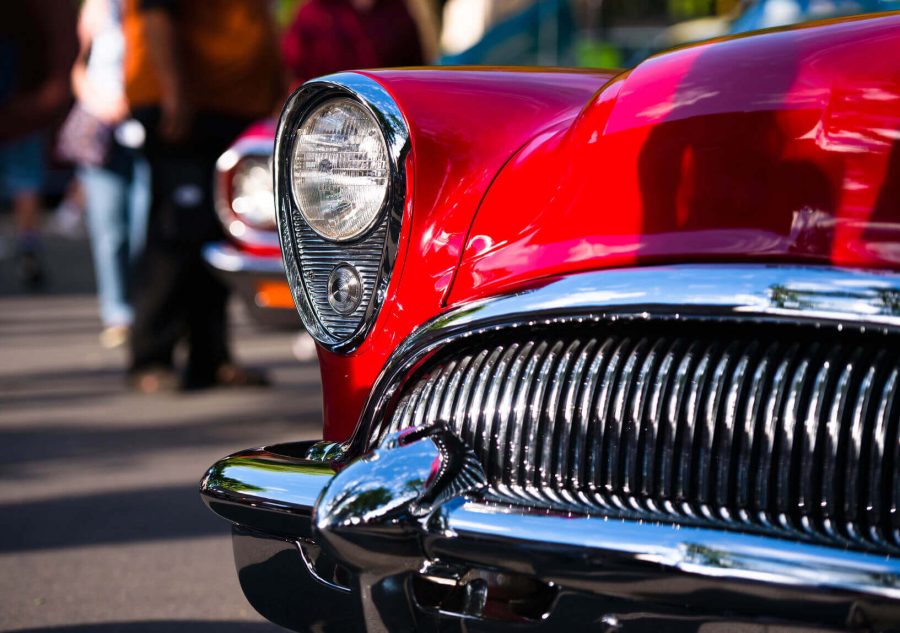
So your dream of a classic car restoration is now sitting pretty in your garage. After the shock of you being a mere restoration project away from absolutely owning your neighborhood roads abates, you’re now left with a simple question: Now what?
Keep in mind that the average circa 1960s car has over 8,000 component parts. Each of those will need to be individually removed, inspected, and restored or replaced. So your first obvious step is grasping the enormity of the task ahead of you. Yet you’ve come this far; there’s no turning back now.
Document Everything!
While proceeding with your classic car restoration, remember to record every detail of what you do. Take pictures of all vehicle components before disassembly, and record the origin and detail of each individual part before marking and bagging it with the other pieces of its component system.
6 Steps to Vehicle Disassembly
Step 1: Remove the vehicle’s trim
Locate the screws and fasteners that are holding on bumpers, grills, lights and side trim. Take your time and be delicate as you remove them, as these can be some of the most expensive elements to have to replace.
Step 2: Remove the glass
Take the windshield out first by removing the interior trim and then releasing the rubber molding holding the body in place, pushing outward from the inside rather than pulling. Do the same with the rear window. Remove the door trim panels to get to the side windows.
Step 3: Take out the interior
Start with the door panels, then move on to the seats, the remaining interior window trim, and then the carpet and floor insulation. Remove the dash and then proceed onto the steering column, pedals, and heater/blower box.
Step 4: Disassemble the drivetrain
Now you’ve reached the nitty-gritty of your classic car restoration project. Remove the battery, drain the engine of any remaining fluids, lift and secure the engine, and remove the rear assembly. Next, take out the suspension from the back to the front.
Step 5: Remove the wiring
Begin by removing the wiring harnesses in the rear feed, and then move on to the engine bay. Finish be taking out the harness in the dash.
Step 6: Strip the paneling
Before taking this last step, find out the exact body type of your vehicle. Whether it’s unitized, monocoque, or body-on-frame will determine how the paneling is mounted (and how it should be removed).
Conclusion
Sounds simple enough, right? Not to worry; countless other classic car enthusiasts have traveled down this road before. If they did it, so can you. Know, too, that there is help available with your classic car restoration project. We here at Legendary Auto Interiors have all the interior materials you’ll need, whether that be seat upholstery, door panels, floor mats and more. Plus, we’ll even help you with the installation if you’re too nervous to do it yourself. Contact us today to discover all of the products and services that we offer.
Further Reading
Classic Car Restoration Best Practices >
Find the exact parts that restore your dream car to mint condition.
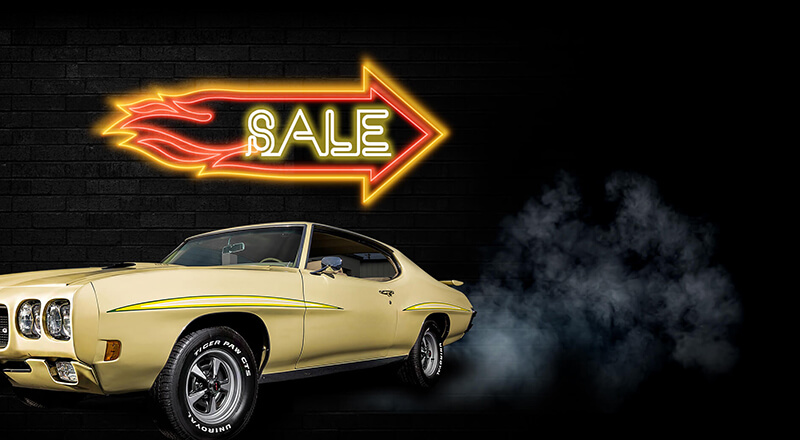
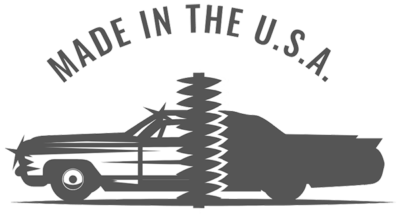
Related Articles

When it comes to restoring a classic car, some journeys are easier than others. In many cases, the ability to easily restore a car doesn’t have to do with the actual wrench-twisting, but rather the money and effort you will…
We’ve come to the end of this round of our Legendary Classic Car Stories! For this final installment, we are highlighting the work of our Pontiac and Oldsmobile fans. Keep reading to learn all about the path they took to…
It’s time for a new round of Legendary Classic Car Stories! This month, we are featuring three stories submitted by Legendary Auto Interiors fans, all of which happen to own AMC cars. Read on to find out more about their…

